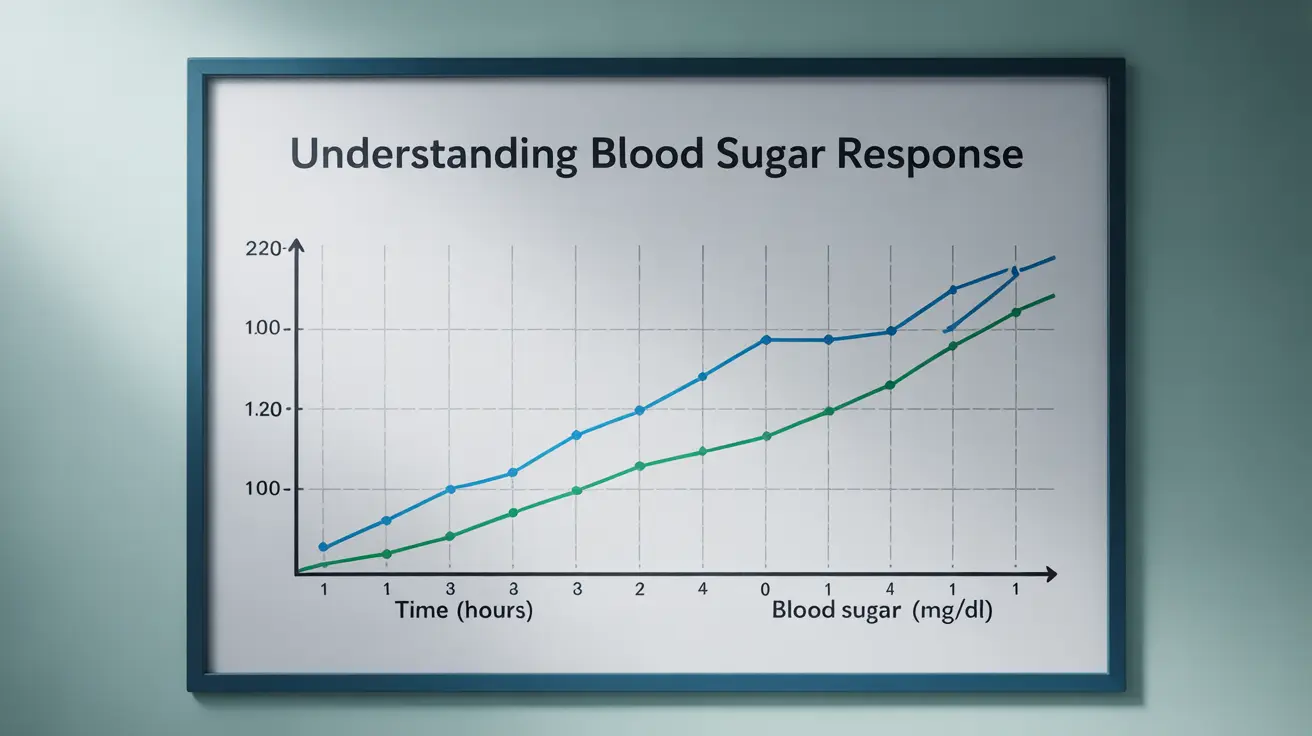Understanding your blood sugar levels after eating is crucial for managing your overall health, whether you have diabetes or not. The one-hour post-meal blood glucose reading provides valuable insights into how your body processes carbohydrates and can help identify potential blood sugar management issues early.
In this comprehensive guide, we'll explore what constitutes normal blood sugar levels one hour after eating, factors that influence these readings, and strategies for maintaining healthy post-meal glucose levels.
Target Blood Sugar Ranges One Hour After Eating
Normal blood sugar levels one hour after eating vary depending on whether you have diabetes or not. For people without diabetes, blood glucose typically rises to between 130-140 mg/dL one hour after a meal. For those with diabetes, target ranges are generally higher, with recommendations suggesting staying below 180 mg/dL one hour post-meal.
For People Without Diabetes
- 1-hour post-meal: 130-140 mg/dL
- Return to pre-meal levels within 2-3 hours
For People With Diabetes
- 1-hour post-meal: Less than 180 mg/dL
- May take longer to return to baseline levels
Factors Affecting Post-Meal Blood Sugar
Several key factors influence how high your blood sugar rises after eating:
Meal Composition
- Carbohydrate content and type
- Fiber content
- Protein and fat ratios
- Portion sizes
Individual Factors
- Physical activity level
- Stress levels
- Time of day
- Medications
- Overall health status
Managing Post-Meal Blood Sugar Spikes
There are several effective strategies to help maintain healthy blood sugar levels after eating:
Immediate Strategies
- Take a 10-15 minute walk after meals
- Practice portion control
- Choose complex carbohydrates over simple sugars
- Pair carbohydrates with protein and healthy fats
Long-term Approaches
- Regular exercise routine
- Consistent meal timing
- Stress management
- Regular blood sugar monitoring
- Medication adherence (if prescribed)
Special Considerations for Pregnancy
Pregnant individuals, especially those with gestational diabetes, have different target ranges for post-meal blood sugar. The recommended one-hour post-meal target during pregnancy is typically below 140 mg/dL, as higher levels can affect both maternal and fetal health.
Frequently Asked Questions
What is a normal blood sugar level 1 hour after eating for people with and without diabetes?
For people without diabetes, normal levels are typically 130-140 mg/dL. For those with diabetes, staying below 180 mg/dL is generally recommended one hour after eating.
Why does blood sugar sometimes spike higher than normal 1 hour after meals?
Higher than normal spikes can occur due to consuming high-glycemic foods, large portions, stress, illness, or insufficient insulin production or effectiveness.
How can I manage or lower high blood sugar levels shortly after eating?
Take a short walk, drink water, practice portion control, and choose foods that digest more slowly. For those with diabetes, follow your healthcare provider's medication instructions.
What factors affect blood sugar readings 1 hour after eating, such as diet, medication, or activity?
Blood sugar readings are influenced by meal composition, portion size, physical activity, stress, medications, hormones, and overall health status.
How do blood sugar targets 1 hour after eating differ for pregnant individuals compared to others?
Pregnant individuals, especially those with gestational diabetes, should aim for blood sugar levels below 140 mg/dL one hour after meals, which is stricter than general diabetes guidelines.




